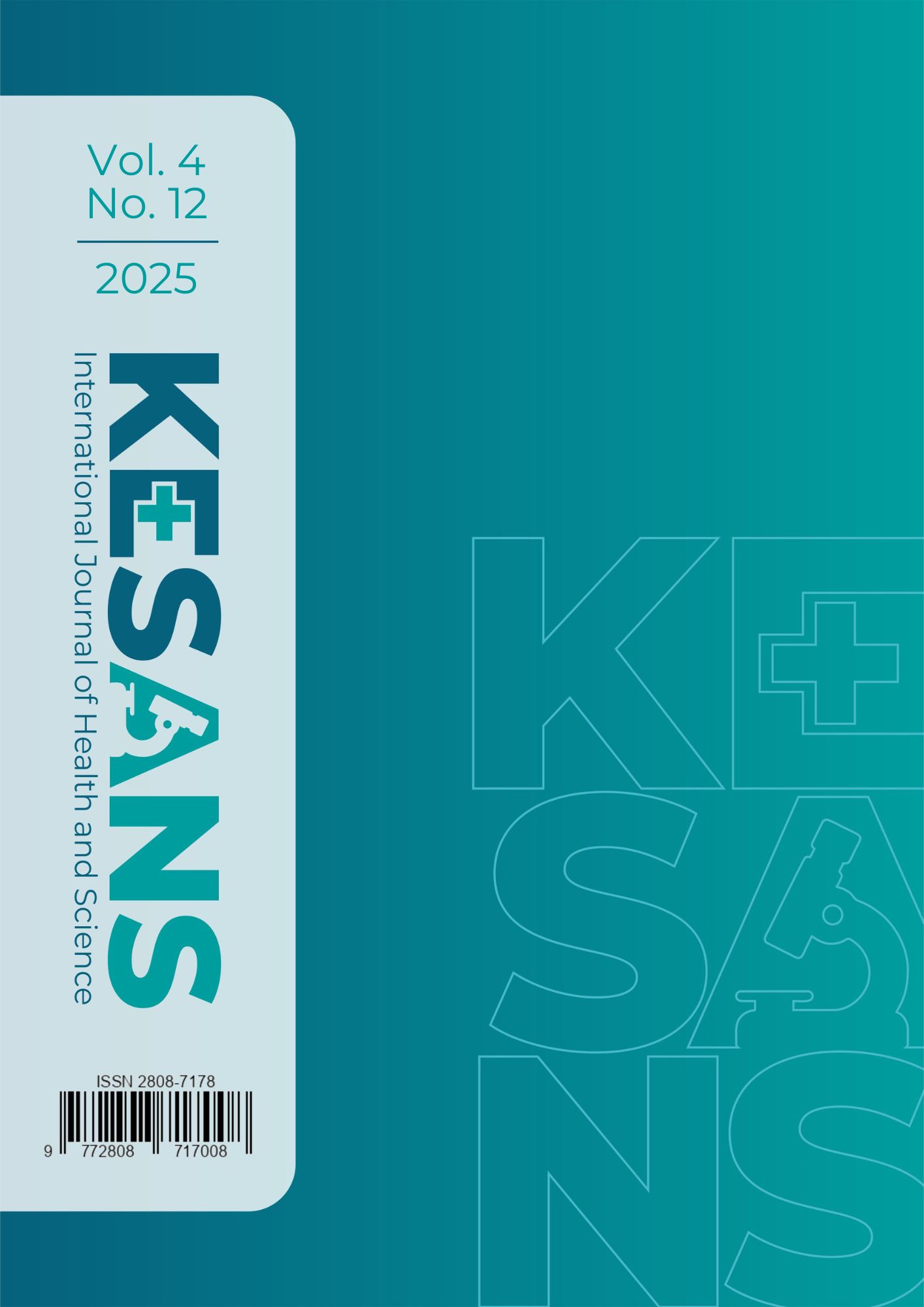A Systematic Review of Barriers to the Implementation of Iron Tablet Distribution in Indonesia
DOI:
https://doi.org/10.54543/kesans.v4i12.438Keywords:
Adolescent Anemia, Iron Supplements, Distribution, ComplianceAbstract
Introduction: Anemia in adolescent girls is a public health problem that requires serious attention. One recommended intervention is the regular administration of iron-fortified iron tablets (IBF). Objective: This study aims to evaluate the implementation of the TTD distribution program in Indonesia. Methods: The research method uses a systematic review using the PRISMA guidelines. After deduplication and screening, 10 articles met the inclusion criteria for analysis. Results and Discussion: Health education, cadre empowerment, and school environmental support have been shown to be effective in improving knowledge, attitudes, and some adherence to iron supplement consumption among adolescent girls. Barriers in urban areas include low adherence due to perceived side effects and unsupportive dietary patterns, while in rural areas, the main obstacles are limited access to distribution and healthcare resources. Conclusion: Program success is influenced by communication, resources, implementer disposition, and bureaucratic structure. Therefore, intervention strategies must be tailored to regional characteristics to maximize the effectiveness of anemia prevention in adolescent girls in Indonesia.
Downloads
Published
How to Cite
Issue
Section
Citation Check
License
Copyright (c) 2025 Silvi Ariyanti, Misnaniarti Misnaniarti, Haerawati Idris

This work is licensed under a Creative Commons Attribution-ShareAlike 4.0 International License.





















